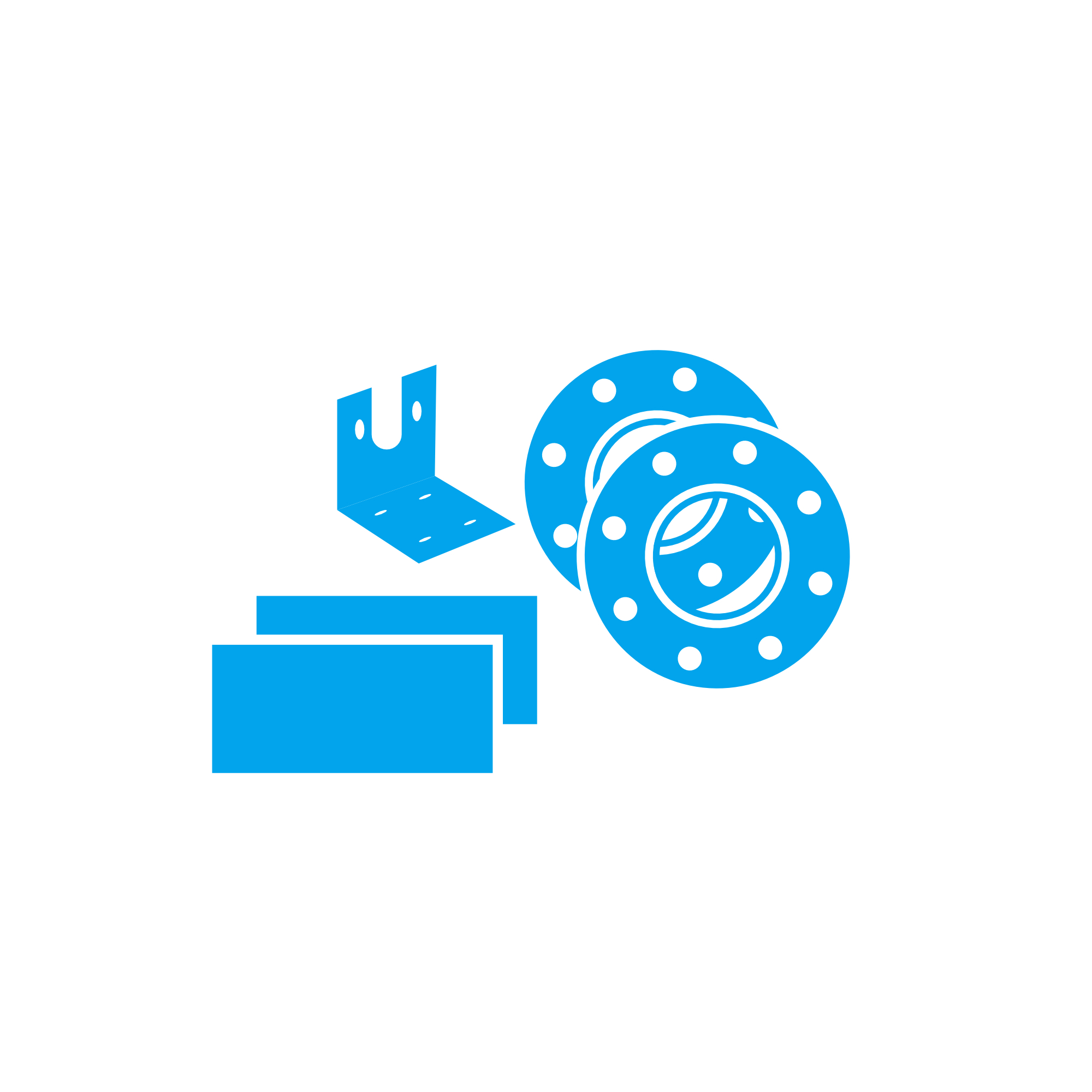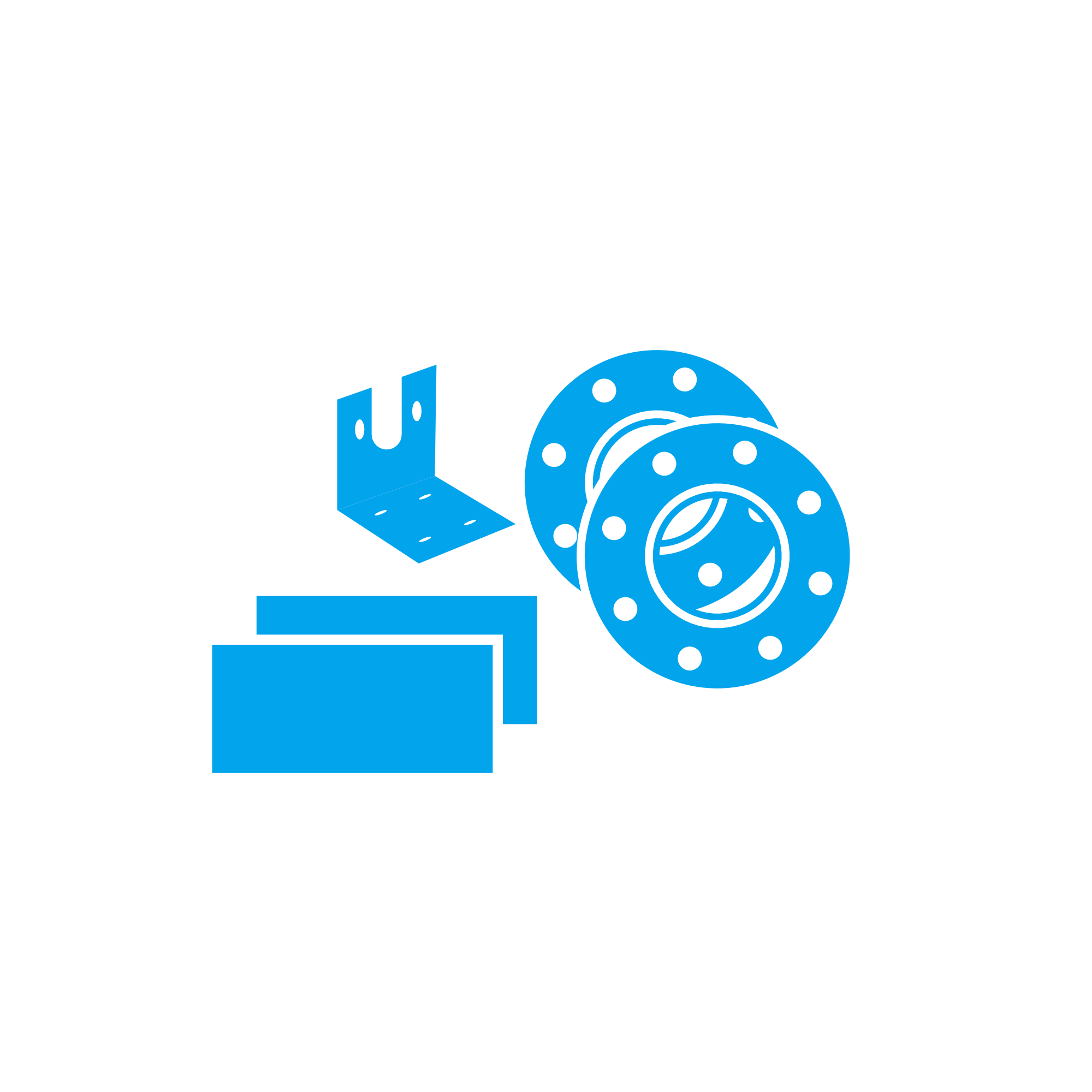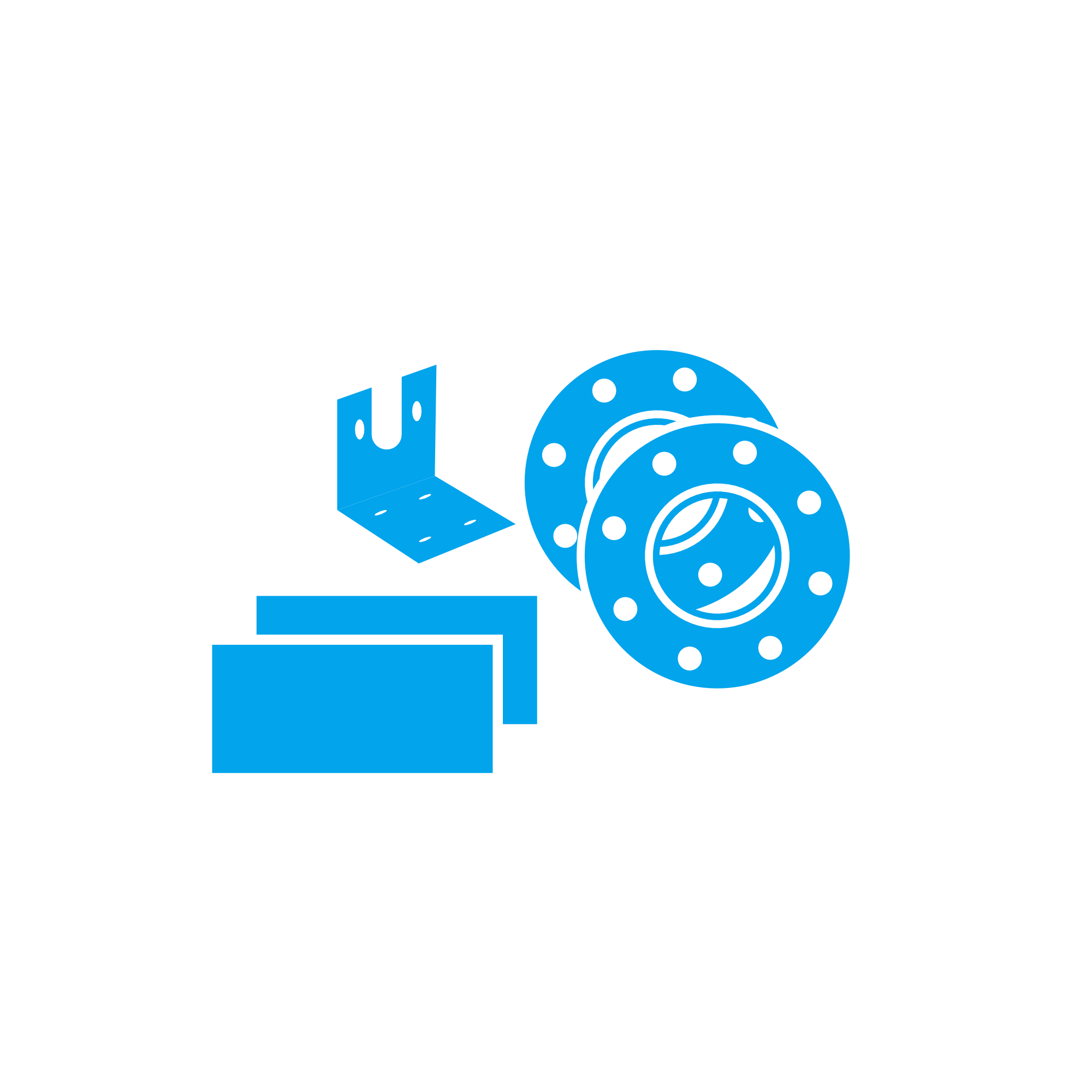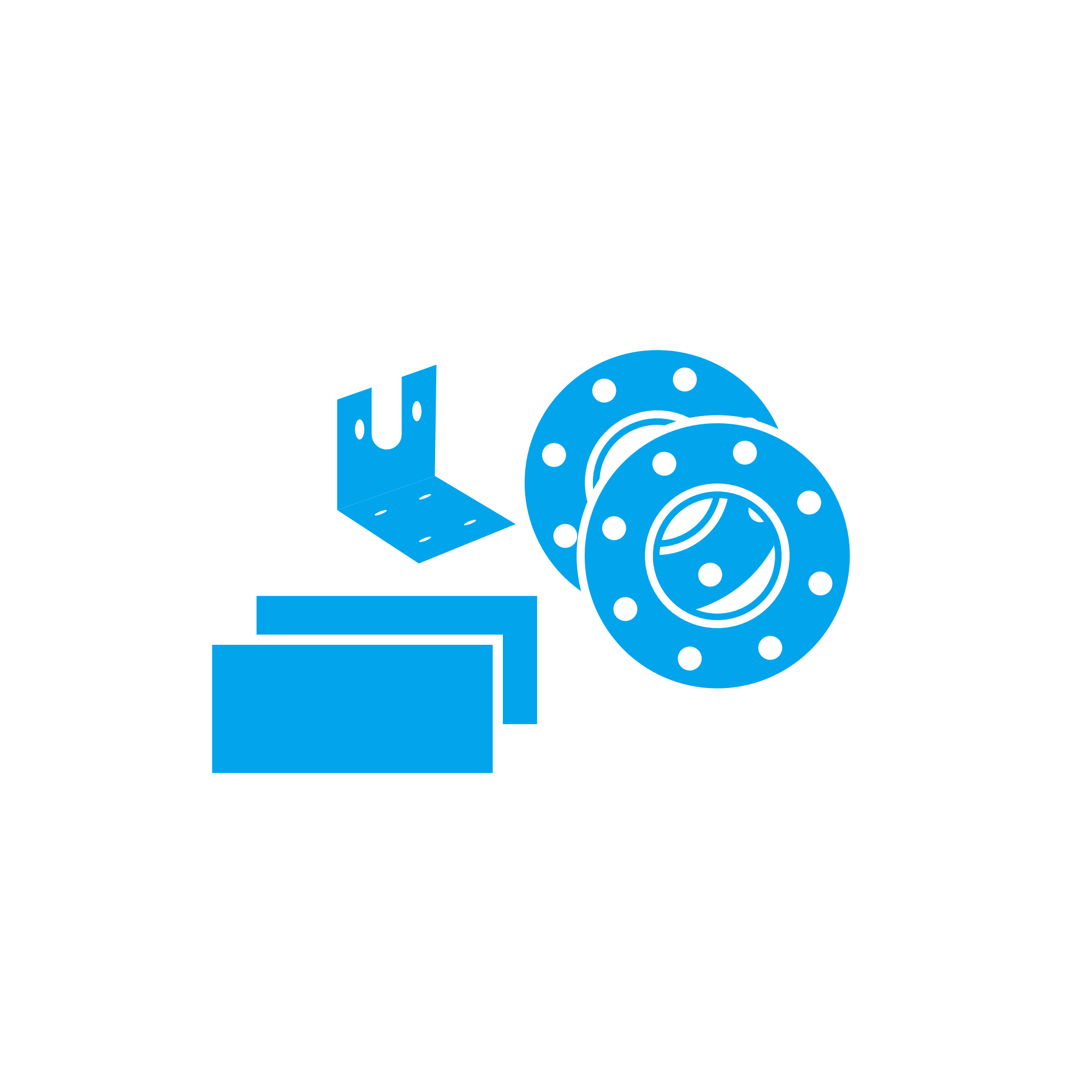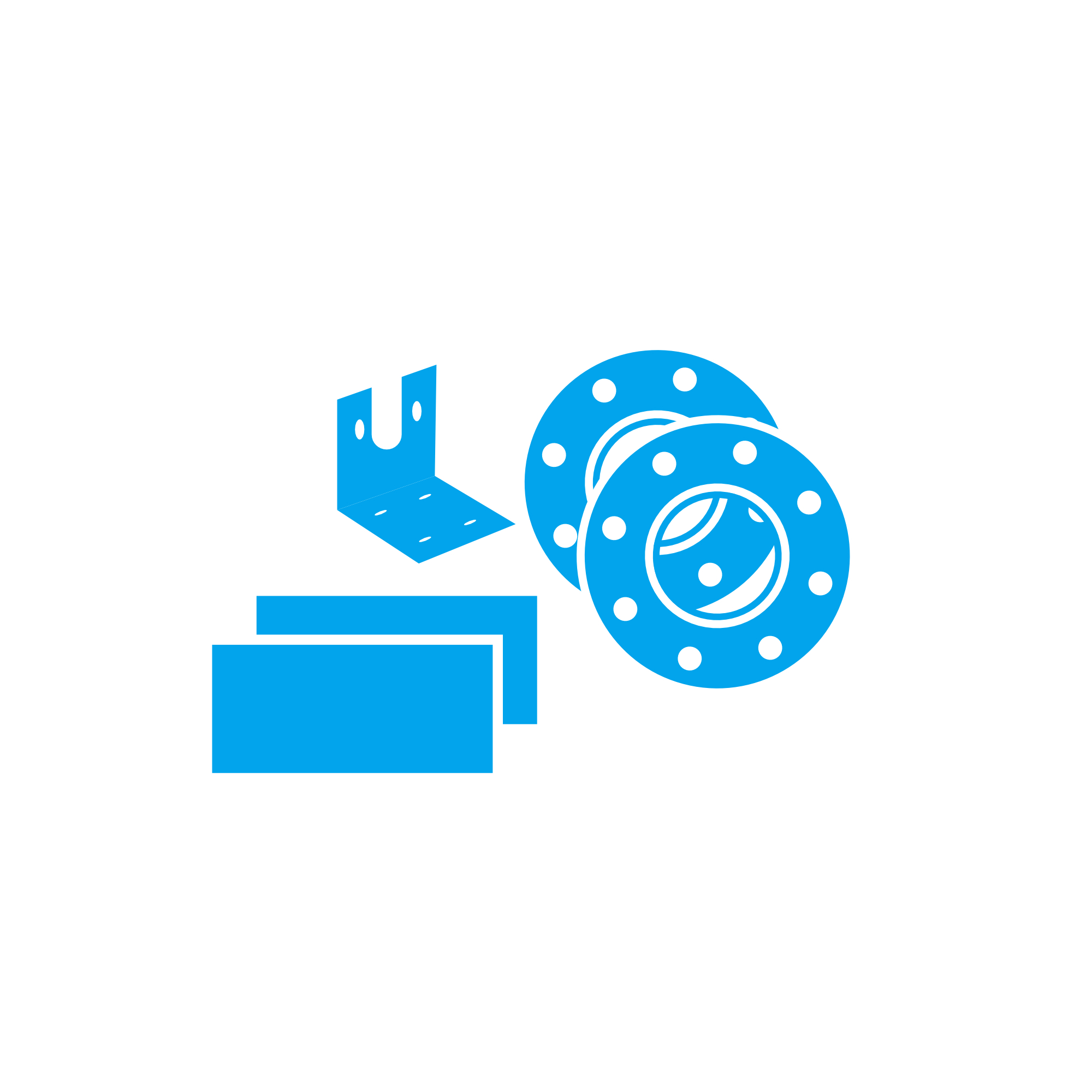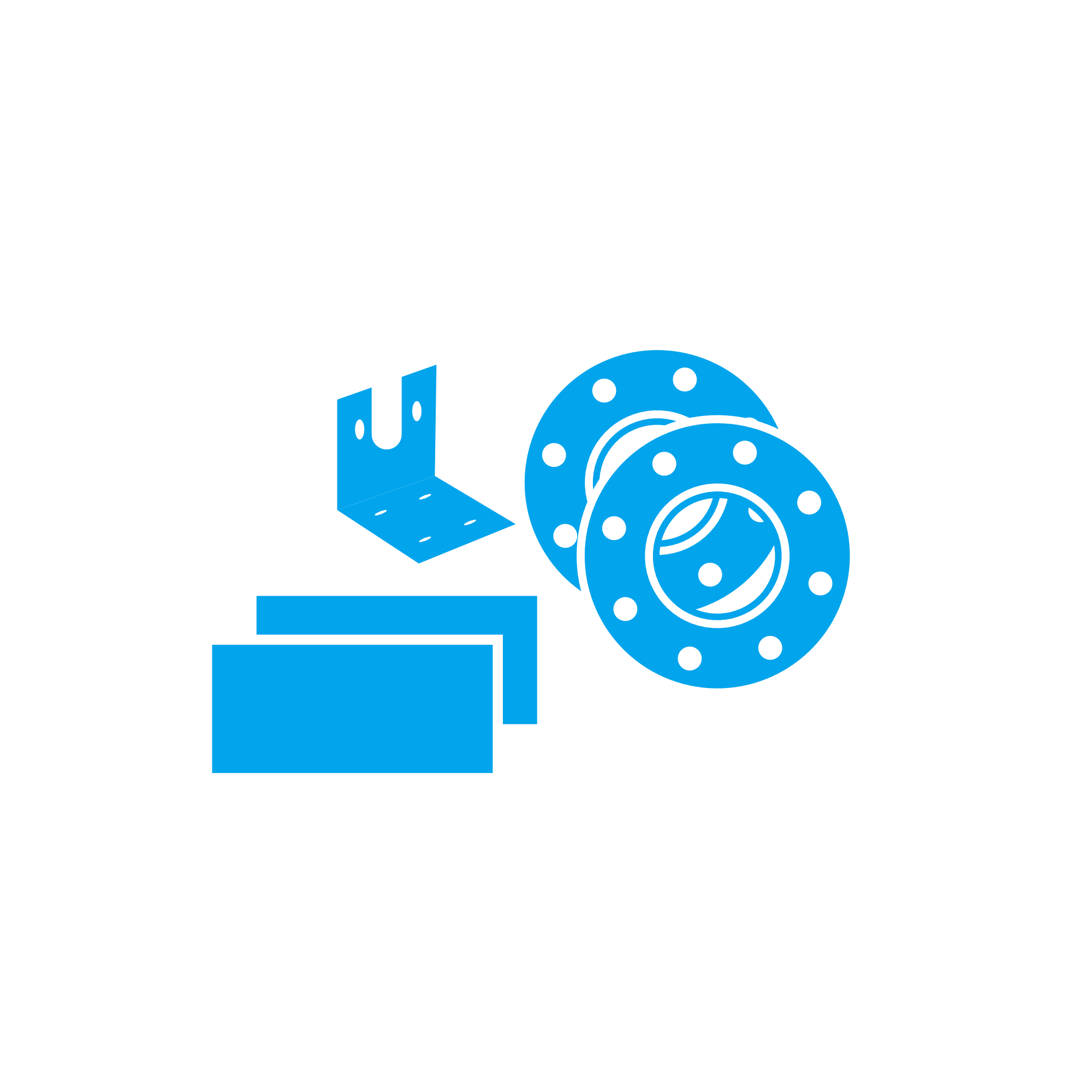COUPLING FLANGE Holders, Plates and Flanges for Marine and Diesel Engines
Holders, plates and flanges are structural and connection-critical components that keep heavy engine assemblies aligned, fixed in place, and sealed under load. From mounting alternators and pumps to creating precise interfaces between the crankshaft, gearbox, and auxiliary drives, this category covers a wide range of parts engineered to transmit forces, maintain geometry, and protect against leakage. In high-output marine engine and diesel engine environments, precision holders, base plates, adapter plates, and every type of flange—including the COUPLING FLANGE—form the backbone of mechanical integrity and operational safety.
Because these components define how power is transferred and how equipment is supported, their dimensional accuracy, surface finish, and material specifications directly influence reliability, efficiency, and lifecycle costs. A correctly manufactured COUPLING FLANGE, together with well-designed holders and plates, minimizes vibration, safeguards bearings and shafts, and sustains the tight tolerances demanded by modern engines.
COUPLING FLANGE diesel engine: Technical function of holders, plates and flanges
In a diesel or gas engine installation, holders and plates provide rigid interfaces for accessories, instrumentation, and pipework, while flanges create precise mating faces for rotating and pressure boundaries. The COUPLING FLANGE is a special case: it connects the engine flywheel or crankshaft to a driven element such as a gearbox, alternator, or shaftline, ensuring torque transfer and alignment under dynamic loads.
A COUPLING FLANGE marine engine assembly typically uses a pilot fit (spigot) for concentricity, high‑strength fasteners for clamp load, and a bolt circle designed to distribute shear and bending. Correct contact pressure prevents micro-slip and fretting at the interface. Flatness and runout are kept within tight limits (e.g., Ra ≤ 1.6 μm on faces, runout often below 0.05 mm) to protect bearings and reduce torsional vibration. Balanced assemblies (e.g., G6.3 per ISO procedures) limit dynamic forces at operating speed. In addition, sealing flanges on exhaust and charge-air systems maintain gas tightness, protecting performance and safety.
Holders and plates carry loads from pumps, filters, and control units into the block or skid without distortion, using engineered thickness, ribbing, and bolt patterns. Correctly engineered plates prevent resonance, limit piping loads on equipment nozzles, and maintain alignment across thermal cycles. On the rotating side, a COUPLING FLANGE OEM parts configuration aligns driver and driven shafts to micrometer-level precision, preserving gear tooth contact patterns and minimizing energy loss.
- · High stiffness to keep alignment under thermal and dynamic loads
- · Precision fits and surfaces for accurate concentricity and sealing
- · High-strength bolt patterns for reliable torque transmission
- · Corrosion-resistant materials and coatings for marine environments
- · Balanced COUPLING FLANGE assemblies to reduce vibration
- · Traceable material specs and heat treatment for fatigue strength
- · Compatible geometries for fast, repeatable installation
COUPLING FLANGE importance for engine operation and service life
Holders, plates and flanges directly affect uptime and total cost of ownership. When a COUPLING FLANGE or mounting plate drifts out of tolerance, the results are measurable: misalignment elevates bearing temperatures, increases seal wear, and accelerates shaft fretting. Loose or stretched bolts reduce clamp load, allowing micro-movement that propagates cracks. On gas or exhaust flanges, face damage or warped plates cause leakage, hot spots, and the risk of unplanned shutdowns.
Typical failure modes include hole elongation, fretting corrosion, pitting of sealing surfaces, and fatigue cracks around bolt holes due to inadequate preload or material quality. Misaligned COUPLING FLANGE diesel engine interfaces can increase fuel consumption, raise vibration levels, and compromise class compliance if limits are exceeded. Conversely, precision holders and plates maintain alignment through thermal cycles and loading events, extending bearing and coupling life and preserving power transmission efficiency.
Advantages of OEM spare parts suitable for holders, plates and flanges (including COUPLING FLANGE OEM parts)
Using OEM spare parts suitable for holders, plates and flanges ensures that geometry, metallurgy, and surface treatments match the engine-builder specifications they were designed to meet. This is critical for torque capacity, sealing integrity, and long-term alignment. COUPLING FLANGE OEM parts arrive machined to the correct tolerances, with spigot diameters, bolt circles, and keyways that fit first time, reducing installation hours and avoiding rework.
COUPLING FLANGE OEM parts: performance, reliability, budget, service life
For procurement and technical teams, the advantages are tangible:
- · Dimensional fidelity to drawings for predictable fit and torque transfer
- · Verified materials and heat treatment for fatigue and creep resistance
- · Balanced rotating components to protect bearings and reduce vibration
- · Surface finishes and coatings that sustain sealing and resist corrosion
- · Correct bolt grades and hole tolerances to maintain clamp load
- · Documented traceability and quality checks for audit and class needs
- · Lower downtime and fewer alignment interventions over the lifecycle
These factors translate to stable performance, higher reliability, controlled maintenance budgets, and extended service life. In short, OEM spare parts suitable for holders, plates and flanges—especially the COUPLING FLANGE—provide the precision and durability required by modern marine and industrial powertrains.
MOPA: fast, secure supply of OEM COUPLING FLANGE parts for diesel and gas engines
MOPA is an experienced, reliable partner for OEM spare parts across holders, plates and flanges. We source and deliver COUPLING FLANGE OEM parts and complementary components for diesel and gas engines with short lead times, consistent quality, and full commercial security. Purchasers and shipowners benefit from swift quotations, transparent documentation, and logistics tailored to port schedules and dry-dock windows.
Whether you need a flywheel-side COUPLING FLANGE marine engine interface, reinforced mounting plates for auxiliary systems, or sealing flanges for exhaust and charge-air lines, MOPA streamlines procurement with technical clarity and dependable delivery—reducing risk and helping your team keep assets on schedule.
Conclusion: COUPLING FLANGE and the role of holders, plates and flanges
Holders, plates and flanges—anchored by the precision of the COUPLING FLANGE—are essential to power transmission, alignment, and sealing in marine and diesel engines. Their engineering quality directly impacts efficiency, safety, and uptime.
By choosing OEM spare parts suitable for holders, plates and flanges, you secure dimensional accuracy, proven materials, and reliable installation—delivering sustained performance and longer service life for your engine fleet.


